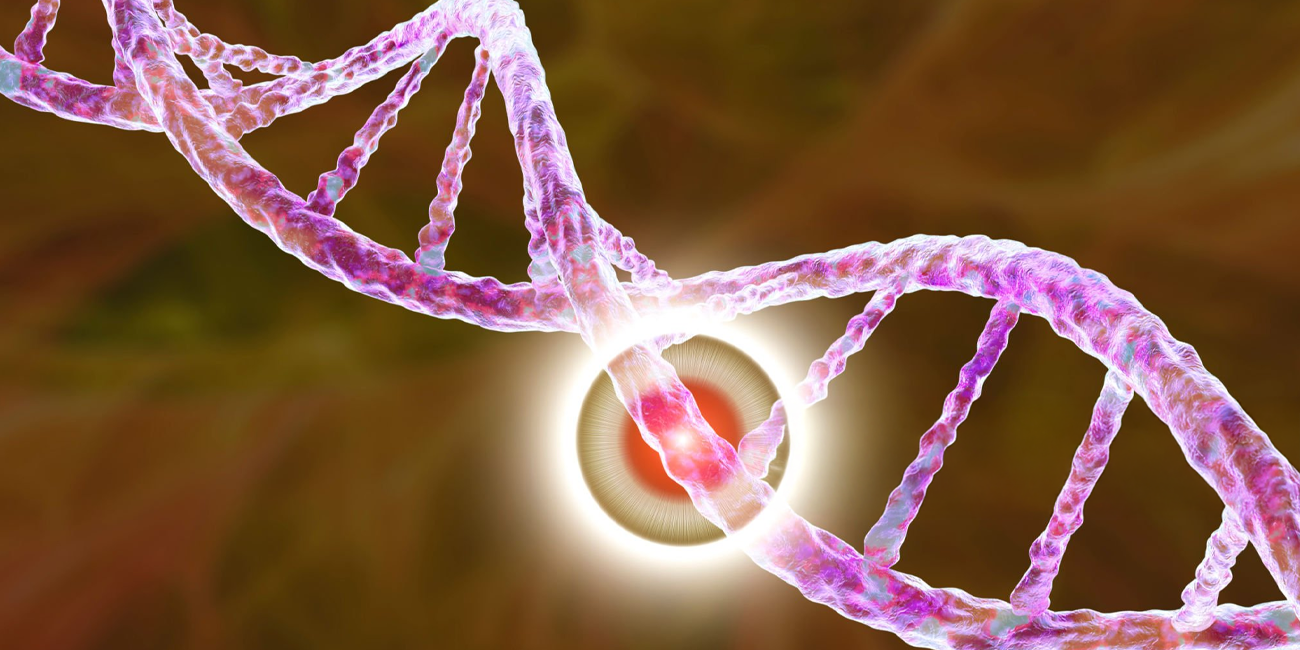
Book a Consultation
Thank you!
Your form has been sent successfully.



March 25, 2021
Bone cancer develops when unusual cells grow uncontrollably, which destroys normal bone tissue. It can start in the bone or spread there from other body parts. There are some of the rarer types of cancer, and they're known as bone neoplasms.
In this blog post, we will share detailed insights into the types, symptoms, and treatment options for bone cancer to help you understand this medical condition better. Read on to learn more.
Read more: A Complete Guide to Exercise During Cancer Treatment
This type of bone cancer accounts for less than 1% of all cancers, according to the American Cancer Society. Primary bone cancers are also known as sarcomas. It forms in the bone but can spread to other parts of the body. This disease most often develops in the long bones of the arms and legs.

There are four types of primary bone cancer:
It is usually detected in long bones- often in the legs and sometimes in the arms. It tends to occur mostly in children and young adults.
It usually grows in the bones or the soft tissue around the bones, such as cartilage or nerves. It usually affects people from the ages of 10 to 20 and has a high rate of being cured.
This is a type of cancer that starts in cartilaginous tissue. Cartilage is a type of connective tissue that lines joints and covers the ends of bones. Chondrosarcoma most commonly develops in the pelvis, upper leg, and shoulder and grows slowly, though it can sometimes spread rapidly to other parts of the body. It is a type of cancer that typically affects those over the age of 40.
This uncommon tumor starts generally at the base of the spine or the base of the skull. Chordoma, like chondrosarcoma, is more common in older people. This kind of bone cancer is more common in men than in women.
Read more: Managing the Emotional, Physical, and Financial Impact of Cancer
It means that cancer began in another part of the body and has now spread to the bone (metastasized). It is also known as metastatic bone cancer, bone metastases, or bone mets. Bones commonly affected by this type of cancer include the spine, ribs, pelvis, and upper bones of the arms (humerus) and legs (femur). Because the bone is one of the most common places where cancer spreads, secondary bone cancer is more common than primary bone cancer.

Secondary bone cancer is described into two main types:
In this type, bone is broken down without new bone being made. In some cases, holes form in the bone. These are known as lytic lesions. They can weaken the bone and increase the risk of breakage and other problems.
In this type, new bone is formed in some areas, but it grows abnormally. These areas are called osteoblastic lesions. The lesions are very hard (dense) but they make the bone weak and deformed.
Most people with secondary bone cancer develop either osteolytic or osteoblastic changes, but some have both.
Read more: Making the Best of Life After Cancer
One of the most common symptoms of this cancer is a lump, which is usually painless. However, there are other wide ranges of symptoms that one may experience. The following are the most prevalent symptoms of bone cancer:
Pain (usually worse at night)
Unexplained swelling
Difficulty moving around
Feeling extra tired (fatigue)
Fever
Medical history and physical Exams are conducted by a healthcare provider to check for any signs or indications of this cancer.
Healthcare professionals perform imaging tests, such as X-rays, CT scans, MRI scans, or bone scans to closely examine the affected area. These tests help identify the presence of a tumor and determine if it has metastasized and spread to any other organs of the body.
A biopsy is the most reliable method for diagnosing any type of cancer. During this procedure, a sample of the affected bone tissue is collected and then examined under a microscope.

Treatment of bone cancer usually entails a combination of methods. The type, the size of the tumor, and whether it has spread to other parts of the body are all factors that influence the type and duration of treatment. Among the most common treatments are:
The main goal of surgery is to remove all of the cancer. If even a small bit of cancer is left behind, it has the potential to grow into a new tumor and spread to other parts of the body. To lower the risk of this happening, surgeons remove the tumor plus some of the normal tissue around it. For this reason, one must have utmost faith in their doctor and patience to recover.
Radiation treatment utilizes high doses of X-rays to shrink any kind of malignancies. Before surgery, doctors often employ radiation to reduce the tumor size so that less body tissue needs to be removed.
Chemotherapy is the use of drugs for the treatment of bone cancer and other types of cancer as well. These drugs are usually given into a vein and can reach and destroy cancerous cells anywhere in the body. Chemo kills the cancerous cells, but it can also affect some normal cells, which can lead to side effects. Therefore, it is essential to get treated by expert medical oncologists.
Bone cancer is a rare type of cancer that can occur in any bone in the body but is mostly found in the long bones of the arms and legs. Its symptoms can be similar to those of other bone disorders, making it difficult to diagnose. However, with prompt and appropriate treatment, many people with this cancer can achieve a good outcome. For any queries or concerns about bone cancer, contact ACTC, one of the best cancer treatment centers in Florida. At ACTC, patients receive personalized cancer treatment plans from some of the best cancer specialists in North Florida.



December 24, 2025
It's natural to wonder if testosterone replacement therapy (TRT) is sa...
KNOW MORE

December 24, 2025
A rash that will not calm down is scary, especially when it changes or...
KNOW MORE

December 24, 2025
Florida’s lung cancer burden remains significant and affects many fa...
KNOW MORE

December 24, 2025
A partial hysterectomy, also called a supracervical hysterectomy, is s...
KNOW MORE

December 24, 2025
Finding a rash on your breast can be unsettling, but remember, many ra...
KNOW MORE

December 16, 2025
Hearing a HER2 gene mutation on a report can feel scary, but it also p...
KNOW MORE
